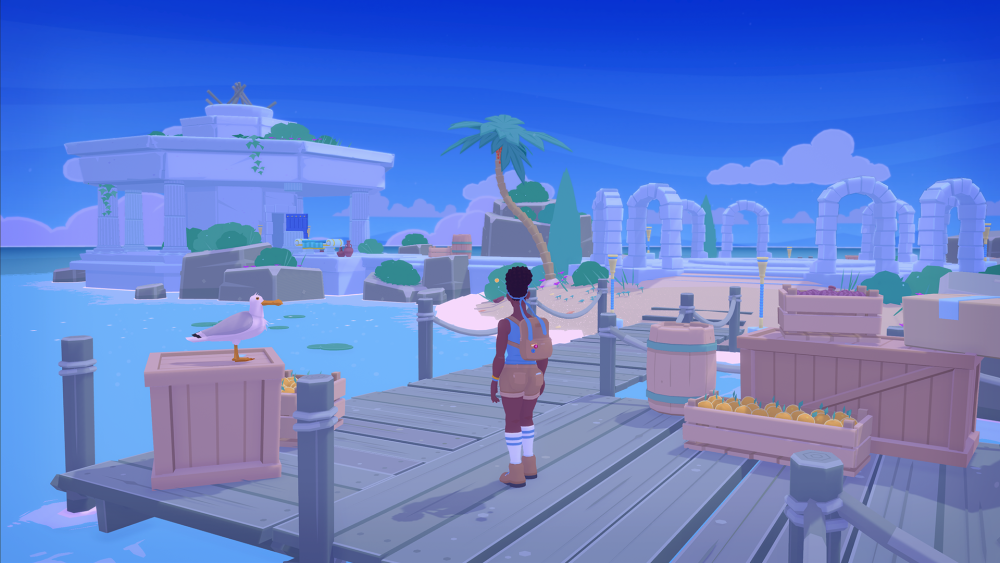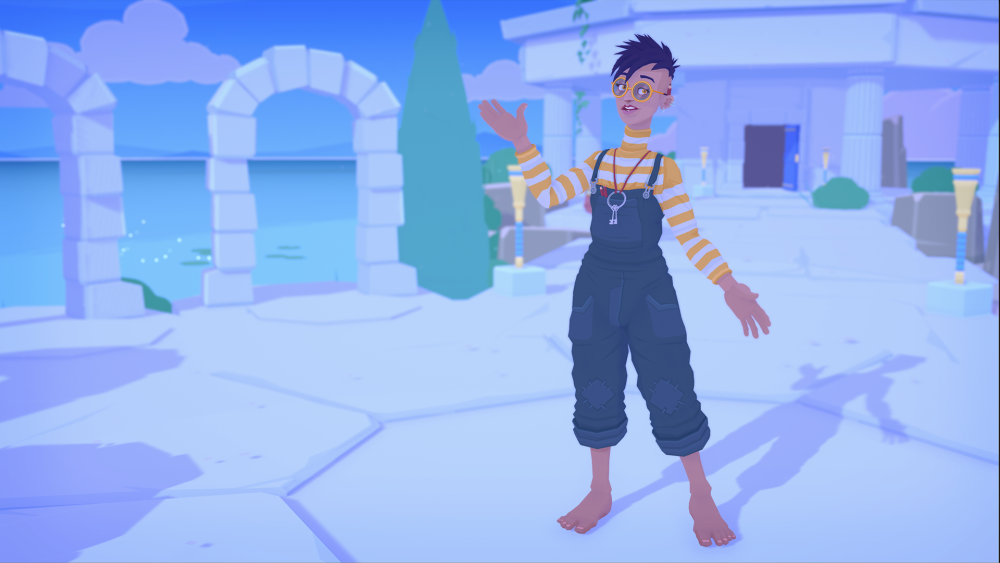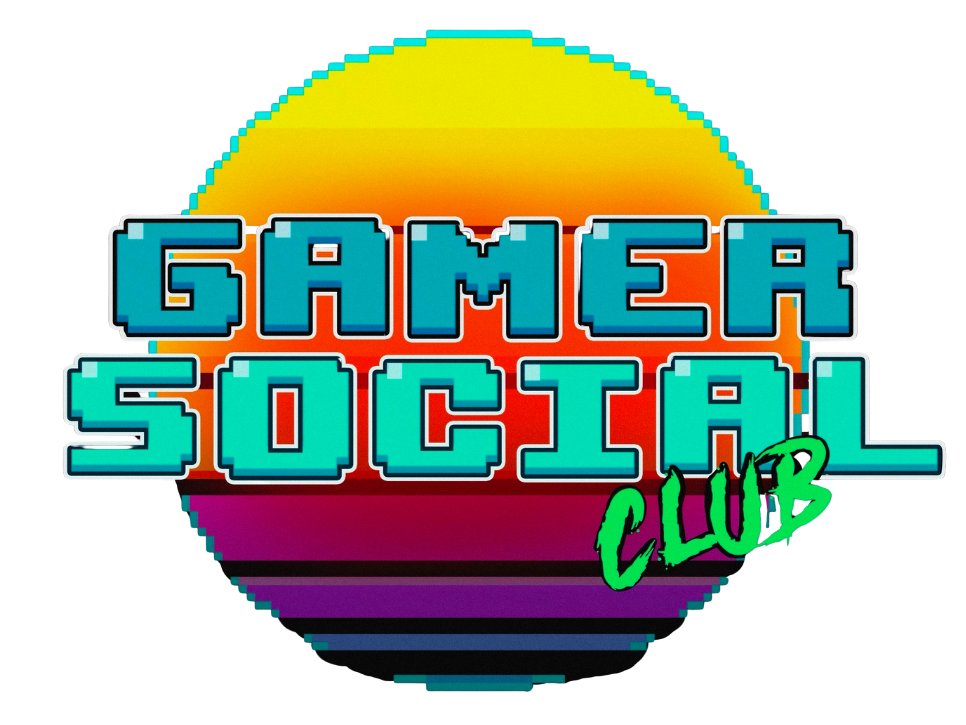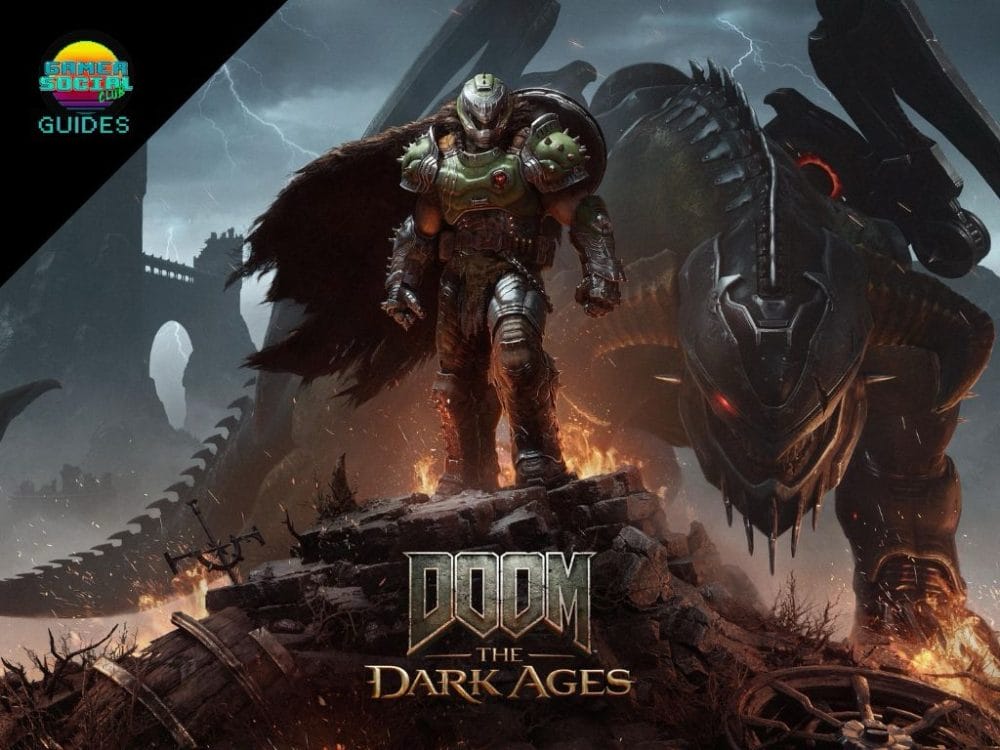Mythwrecked: Ambrosia Island is a relaxing and heartfelt game that invites players to explore a mysterious island filled with Greek gods who've lost their memories. While the characters you meet are legendary, they represent very human struggles. Insightful without being heavy-handed, with a genuine message about friendship and community, Mythwrecked is a triumphant cohesion of gameplay and narrative that had me enraptured throughout. After my playthrough of the game, all covered in my review, I was interested to know how it came together.
Fortunately, I had the opportunity to send my questions to Alex Kanaris-Sotiriou, Creative Director and Lead Developer at Polygon Treehouse, who led the team on Mythwrecked: Ambrosia Island as well as the studio’s previous release, the BAFTA nominated Roki. He shared some thoughtful insights about the inspirations, challenges, and unique design philosophies behind this enchanting ‘Friend ’em Up’.
From Isolation to Imagination
Mythwrecked: Ambrosia Island has a unique blend of art, narrative, and gameplay. Where did it all begin"”was there a particular idea, image, or story that sparked the journey of creating the game?
We were just finishing our debut indie game Röki when the first of the Covid lockdowns hit. We couldn't travel anywhere, couldn't meet our friends, or even say goodbye to our loved ones. I started to daydream about a game where you could go on a fantastical vacation and make new friends, albeit slightly strange ones! That was the initial spark behind Mythwrecked.

Crafting a Whimsical World
The game’s art style feels very whimsical and inviting. Could you walk us through the visual direction of the game? What influenced the design choices for both the gods and the island environment?
We work in flat-shaded 3D, which gives a very clean, crisp feel and also allows us a great deal of freedom with the game's camera. It's broadly inspired by games like Another World and Flashback. It's a big win from a production point of view as we get to remove texturing and lighting from the traditional 3D pipeline, but it also gives our game quite a unique look, which is never a bad thing!
I grew up on the Asterix and Tintin books, so I think it's safe to say that you can see their influence in character designs. On a more modern front, the Steven Universe cartoons were also a big tonal influence on Mythwrecked. I really liked how they could be humorous but also hard-hitting and pack an emotional punch, as well as entertaining.
Writing Relationships with Care
The narrative and dialogue in Mythwrecked feel very natural and engaging. How did you approach writing the interactions between Alex and the gods to make sure their personalities felt distinct and compelling?
I think one thing that helped was that we designed the characters as an ensemble cast rather than in isolation. This meant we could make sure they all had distinct personalities and stood out from each other in terms of their demeanor, as well as visually. Working in this way meant that their designs could all evolve and grow together, just like an oddball family!

Reimagining the Divine
The gods in Mythwrecked feel nuanced and grounded despite their divine status. How did you approach reinterpreting these well-known figures, and what was the biggest challenge in balancing their mythological roots with the game’s themes of empathy and community?
Myths were the stories that people of the time told themselves to make sense of the world they lived in. With Mythwrecked, we wanted our game to try and make some sense of today's world, so we wanted the gods to be very relatable and be struggling with problems the player themselves may have faced in their own lives.
Hephaestus, for example, struggles with his work/life balance, takes on too much, and struggles to ask for help. Ares is an example of someone who can't really communicate his emotions and feels like he doesn't know where he belongs anymore. That's just a couple of examples, but hopefully, you can see even though they're gods, we've tried to give each a flawed humanity that the player can relate to.
Building a “Friend ’em Up”
Designing a “Friend ’em Up,” a game without combat, can be challenging. What were the key considerations in creating engaging, non-violent gameplay for Mythwrecked?
We started to break apart the idea of friendship and trust and what it might mean in terms of storytelling. For example, we liked the idea that characters would be wary of talking to you until you had earned their trust, so we wove that into the game loop so that only after you reached a certain "˜friend level' would characters open up to you about certain topics.
I'm also really into reactive game worlds so that even just by moving around, bushes would rustle, pots would wobble, crabs would retreat into their shells, and lizards would skitter up the wall as you approach. This was important, and not to give too much away, but in Mythwrecked, the island is a character in itself.

Mythwrecked: Ambrosia Island combines thoughtful design, endearing characters, and a whimsical art style to offer a gaming experience focused on connection and empathy. It's clear that Mythwrecked is a labor of love and an invitation to a world filled with magic, humanity, and discovery. Many thanks to Alex Kanaris-Sotiriou for taking the time to respond to my questions and share his insights.
Already enjoying Mythwrecked: Ambrosia Island but need a hand finding all the music cassettes? Check out our guide and become the Music Lover!
Can’t get enough treasure hunting in Mythwrecked: Ambrosia Island? Dig into our guide to find all of Hades’ hidden treasures!




